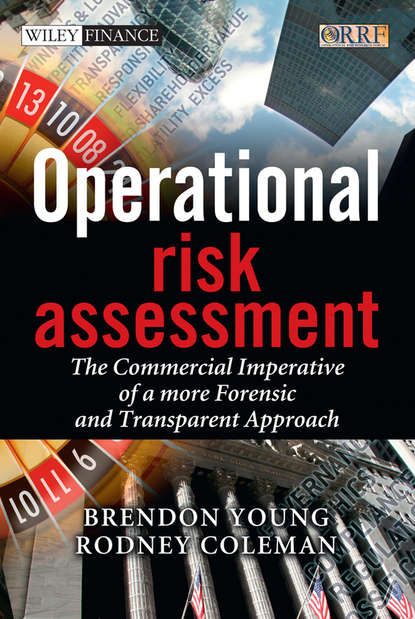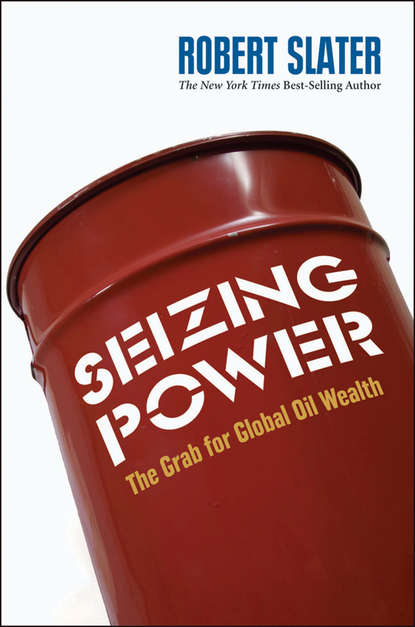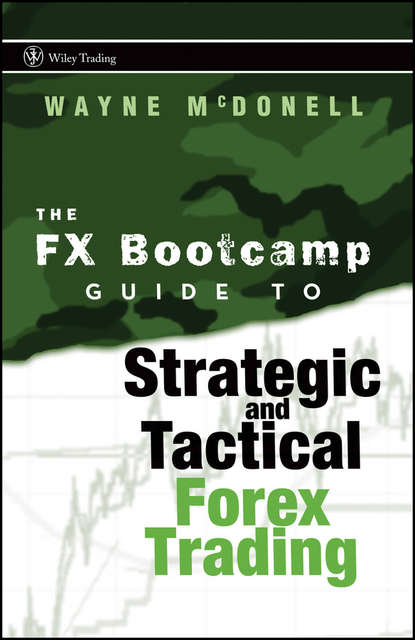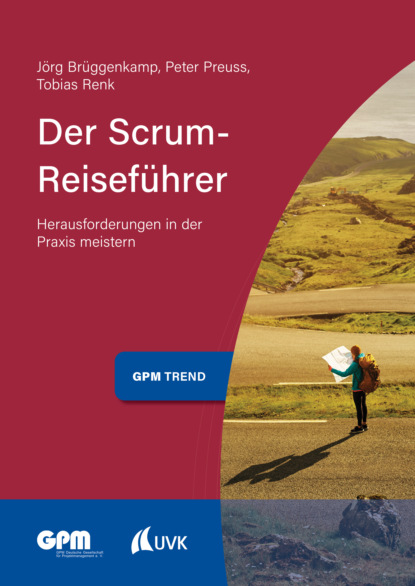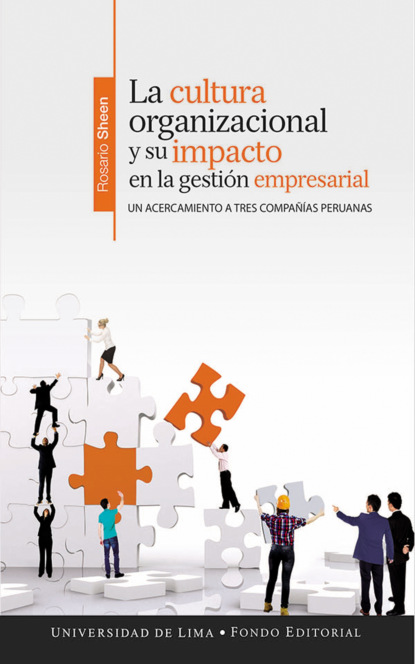Оценка операционных рисков. Коммерческая необходимость более судебного и прозрачного подхода
Брендон Янг и Родни Коулман
"Книга Брендона Янга и Родни Коулмана чрезвычайно своевременна. Никогда еще не было большей необходимости для финансовой отрасли переосмыслить подход к оценке рисков. [...] Они справедливо обращают внимание на широко распространенную практику управления рисками, которая [...] позволила снизить цену на риск во всей отрасли".
Джон Макфолл, председатель Комитета по финансам Палаты общин
Неспособность финансового сектора должным образом понять риск была ясно продемонстрирована недавним "кредитным кризисом". В своем Глобальном отчете о стабильности за 2008 год МВФ резко раскритиковал банки и другие финансовые учреждения за несостоятельность систем управления рисками, что привело к чрезмерному риску. Надзор и регулирование финансового сектора также подверглись критике за отставание от сдвигов в бизнес-моделях и быстрых нововведениях.
Эта книга дает инвесторам четкое понимание подходов, используемых для оценки положения фирм и определения их истинного потенциала (выявление вероятных неудачников и потенциальных долгосрочных победителей). Она призывает к "более судебному" подходу к управлению операционными рисками и содействует прозрачности, которая рассматривается как фактор конкуренции и эффективности, а также как барьер для мошенничества, коррупции и финансовых преступлений.
Оценка рисков является неотъемлемой частью принятия обоснованных решений, влияющих на стратегическое позиционирование и направление. Она имеет фундаментальное значение для результатов деятельности компании и является ключевым отличием между конкурирующими управленческими командами.
Возрастающая сложность приводит к необходимости более динамичных и гибких подходов к оценке и управлению рисками. Не все риски могут быть количественно оценены; тем не менее, руководство обязано определить воздействие возможных рисковых событий на финансовую отчетность и указать степень вариации прогнозных показателей.
Электронная Книга «Operational Risk Assessment. The Commercial Imperative of a more Forensic and Transparent Approach» написана автором Young Brendon в году.
Минимальный возраст читателя: 0
Язык: Английский
ISBN: 9780470745991
Описание книги от Young Brendon
Operational risk assessment The Commercial Imperative of a More Forensic and Transparent Approach Brendon Young and Rodney Coleman “Brendon Young and Rodney Coleman's book is extremely timely. There has never been a greater need for the financial industry to reassess the way it looks at risk. […] They are right to draw attention to the current widespread practices of risk management, which […] have allowed risk to become underpriced across the entire industry.” Rt Hon John McFall MP, Chairman, House of Commons Treasury Committee Failure of the financial services sector to properly understand risk was clearly demonstrated by the recent 'credit crunch'. In its 2008 Global Stability Report, the IMF sharply criticised banks and other financial institutions for the failure of risk management systems, resulting in excessive risk-taking. Financial sector supervision and regulation was also criticised for lagging behind shifts in business models and rapid innovation. This book provides investors with a sound understanding of the approaches used to assess the standing of firms and determine their true potential (identifying probable losers and potential longer-term winners). It advocates a 'more forensic' approach towards operational risk management and promotes transparency, which is seen as a facilitator of competition and efficiency as well as being a barrier to fraud, corruption and financial crime. Risk assessment is an integral part of informed decision making, influencing strategic positioning and direction. It is fundamental to a company’s performance and a key differentiator between competing management teams. Increasing complexity is resulting in the need for more dynamic, responsive approaches to the assessment and management of risk. Not all risks can be quantified; however, it remains incumbent upon management to determine the impact of possible risk-events on financial statements and to indicate the level of variation in projected figures. To begin, the book looks at traditional methods of risk assessment and shows how these have developed into the approaches currently being used. It then goes on to consider the more advanced forensic techniques being developed, which will undoubtedly increase understanding. The authors identify 'best practice' and address issues such as the importance of corporate governance, culture and ethics. Insurance as a mitigant for operational risk is also considered. Quantitative and qualitative risk assessment methodologies covered include: Loss-data analysis; extreme value theory; causal analysis including Bayesian Belief Networks; control risk self-assessment and key indicators; scenario analysis; and dynamic financial analysis. Views of industry insiders, from organisations such as Standard & Poors, Fitch, Hermes, USS, UN-PRI, Deutsche Bank, and Alchemy Partners, are presented together with those from experts at the FSA, the International Accounting Standards Board (IASB), and the Financial Reporting Council. In addition to investors, this book will be of interest to actuaries, rating agencies, regulators and legislators, as well as to the directors and risk managers of financial institutions in both the private and public sectors. Students requiring a comprehensive knowledge of operational risk management will also find the book of considerable value.
